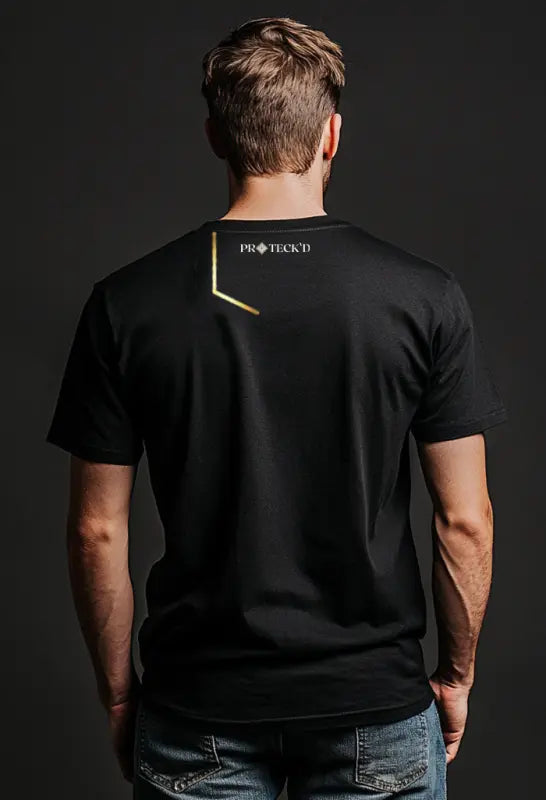Turf burns are a common, yet painful reality for many athletes, particularly those who play sports on synthetic surfaces. These abrasions can not only be painful but also pose a risk for further complications if not managed properly. This blog delves into the essential aspects of turf burns, providing insights into prevention, immediate care, and treatment strategies.
What is Turf Burn?
Turf burn occurs when the skin scrapes against artificial turf, resulting in the removal of the top skin layer. This kind of injury is especially common in high-impact sports such as football, soccer, and rugby, where quick falls and slides are part of the game.
Symptoms and Risks
The injury typically manifests as a raw, red patch on the skin, which might bleed slightly and is often quite painful. Due to the abrasive nature of artificial turf and the potential embedding of turf particles in the wound, there is a high risk of infection. The area may also be warm to the touch, swollen, and more tender than surrounding skin.
Preventive Measures
-
Protective Clothing: Wearing appropriate protective gear like long sleeves, leggings, or even specialized padding can significantly reduce the risk of sustaining a turf burn.
-
Proper Techniques: Athletes can also learn and practice proper techniques to fall or slide that minimize skin contact with the turf.
Immediate Care
Immediate and appropriate care is crucial to prevent infection and promote healing:
-
Clean Thoroughly: As soon as a turf burn occurs, it’s important to clean the area with soap and water to remove any debris and bacteria.
-
Disinfect: Applying an antiseptic solution will help prevent infection.
Treatment Strategies
-
Moist Healing: Contrary to the traditional dry bandaging, keeping the wound moist with medical ointments under a protective bandage can facilitate faster healing.
-
Regular Bandage Changes: Change the dressing regularly to keep the wound clean and monitor for signs of infection.
-
Pain Management: Over-the-counter pain relief can be used to manage discomfort during the healing process.
The Debate Over Turf
The propensity for injuries like turf burns is one of the arguments against the use of artificial turf in sports facilities. Artificial surfaces are harder and more abrasive than natural grass, which can lead to more severe skin injuries. This has sparked discussions about the safety and suitability of synthetic fields in sports.
Healing and Aftercare
Most turf burns heal without complications if they are properly cared for. It’s vital to monitor the wound for potential signs of infection, such as increased redness, swelling, pus, or changes in pain. If any of these symptoms appear, consulting a healthcare provider is essential.
In conclusion, while turf burns can be an unpleasant side effect of playing on synthetic fields, understanding how to prevent and treat them can help athletes stay safe and healthy. Protective clothing, proper care immediately after injury, and effective treatment protocols are key to managing turf burns effectively. Through awareness and education, athletes can minimize their risk and ensure that their focus remains on the game, not on the injuries.


















































Leave a comment